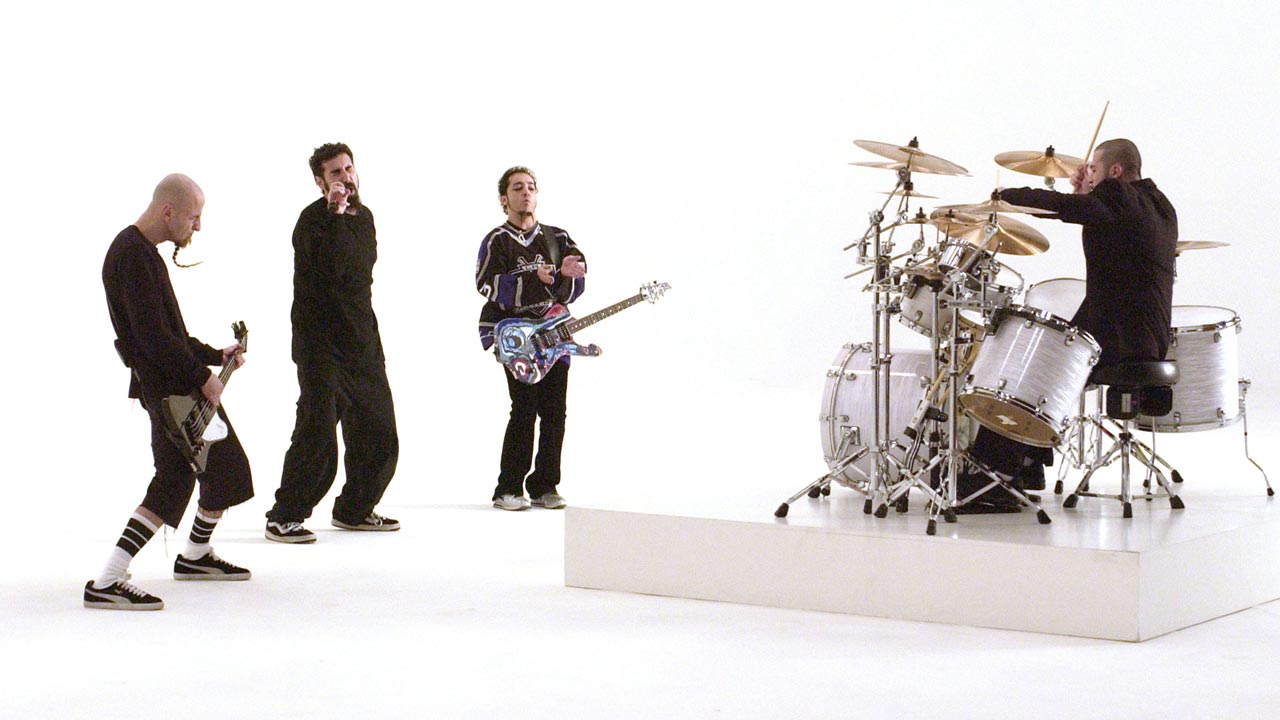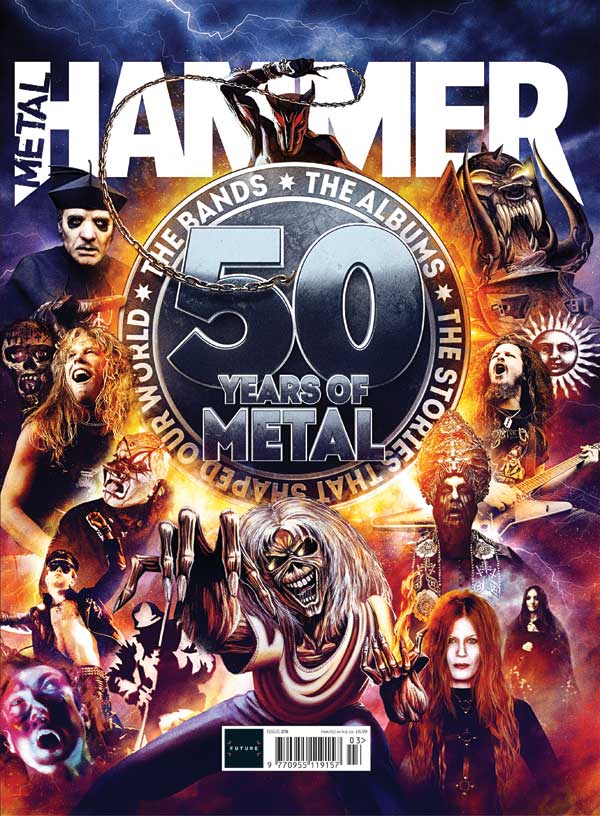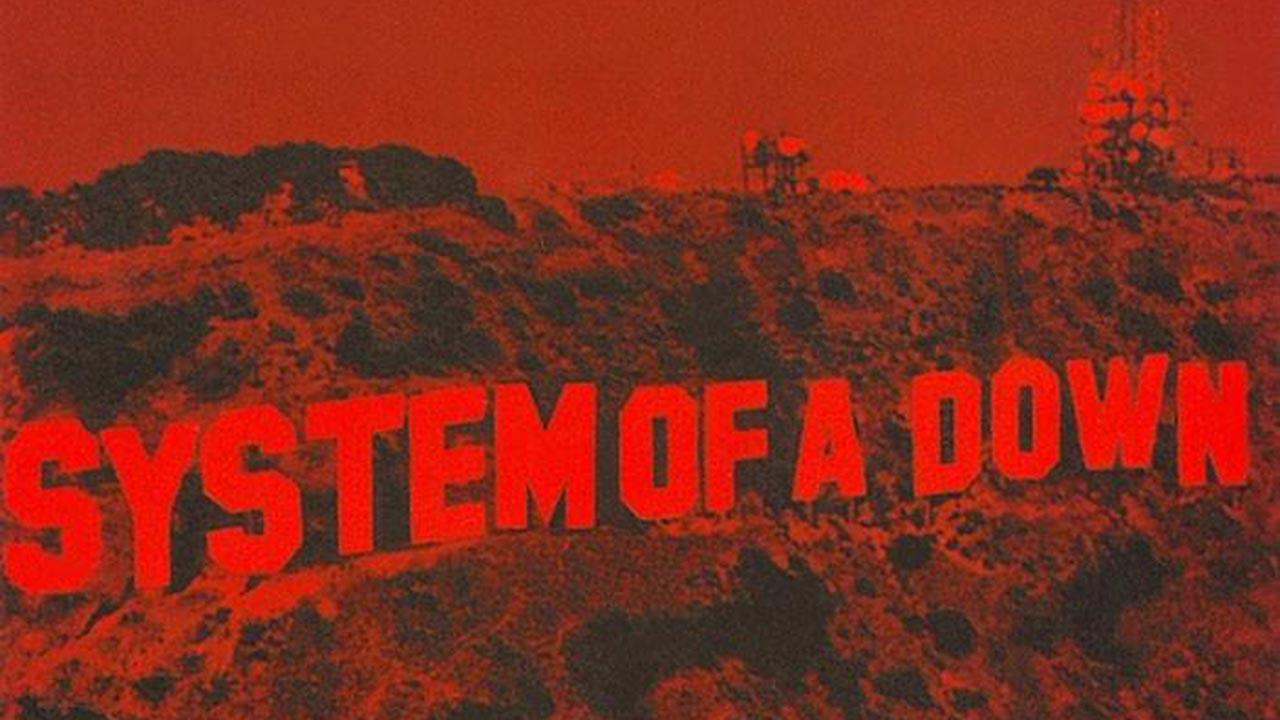System Of A Down’s Toxicity stands as one a landmark in 21st century metal. In the current issue of Metal Hammer magazine, System bassist Shavo Odadjian looks back on the album that elevated these four Armenian-American mavericks to superstar status – and the riot that kicked it off.
The clues that Toxicity would become one of the blockbusting metal albums of the early 21st century were there even before the album came out. Having completed the record, System arranged a free promotional show in a parking lot on Hollywood’s Schrader Boulevard on September 3, 2001, the day before the Toxicity was due to be released.
The place could hold around 5,000 people, but it was Labor Day, a public holiday, and there were more like 15,000 fans flooding the streets. The fire marshal in charge closed down the show. Predictably, the audience were none to happy and promptly rioted.
“I remember being in the back with my family,” says Shavo, “and I was worried because my little brother and his friends were in the crowd and we heard all this rioting going on. I kept pleading with the fire marshal, like, ‘Just let us go out there and play three or four songs’ but he was like, ‘No, you can’t do it.’”
At the exact same point, the authorities decided to take the band’s stage banner down and all hell broke loose. “The kids went crazy – they started destroying our equipment and gear, and we had to get a police escort out of there,” says Shavo, who estimates that more than the damage to their equipment totalled $30,000.
The band were given a police escort to the nearby hotel for their own safety. There, they were treated to the surreal sight of watching the riot that was happening just a few blocks away unfold on TV.

“We were on the news on every channel,” says Shavo. “They had shots from above where we were supposed to be playing and there were people fighting with our crew. My bass tech was throwing fists trying to protect my gear and there’s people swinging at each other. A pipe hit one of our guys in the face and broke all his teeth. It was crazy.”
Little did the band – or the fire marshal – know, but it all helped raise System’s profile. “The press went crazy with it, so our little band became a bit bigger,” laughs Shavo. “It was, like, ‘This band of Armenians are causing a riot in LA and they have an album coming out tomorrow.’”
Shavo wasn’t wrong. Toxicity was released on September 4, 2001 and entered the Billboard charts at Number 1 a week later. That date – 9/11 – would become notorious. But for System, it was the start of their rise to metal’s A-list.

You can read the full interview with Shavo in the current issue of Metal Hammer, which finds us celebrating 50 years of metal. As well as the 50 Greatest Metal Albums Ever as picked by metal's greatest names, it features brand new interviews with Tony Iommi, The Fever333, Gojira and more. And if that wasn't enough, it also comes with a free double-sided Iron Maiden poster and free Metallica beer mats. Order your copy here.
